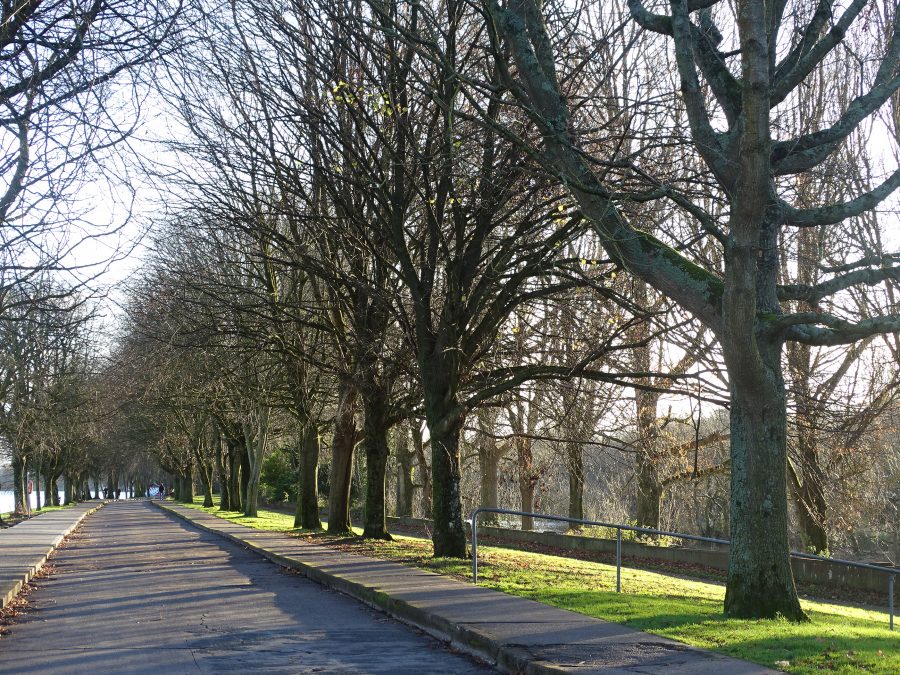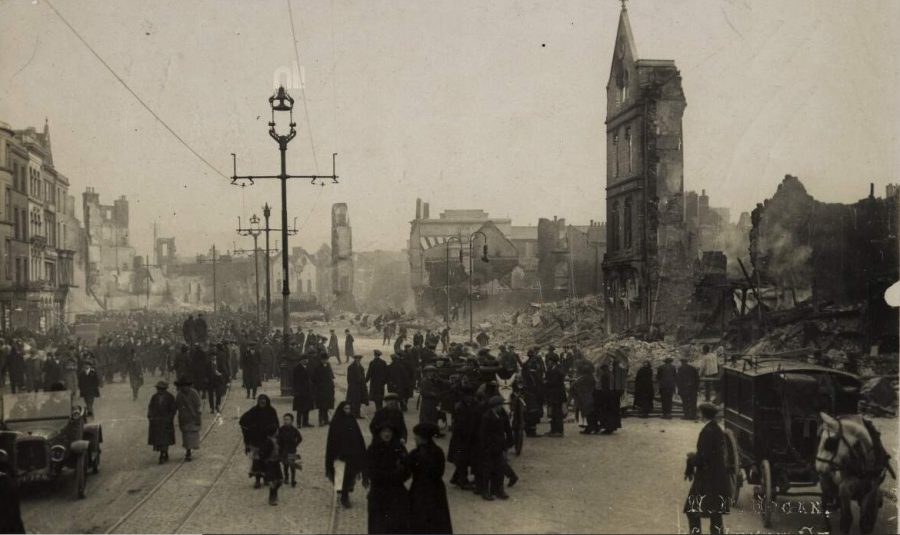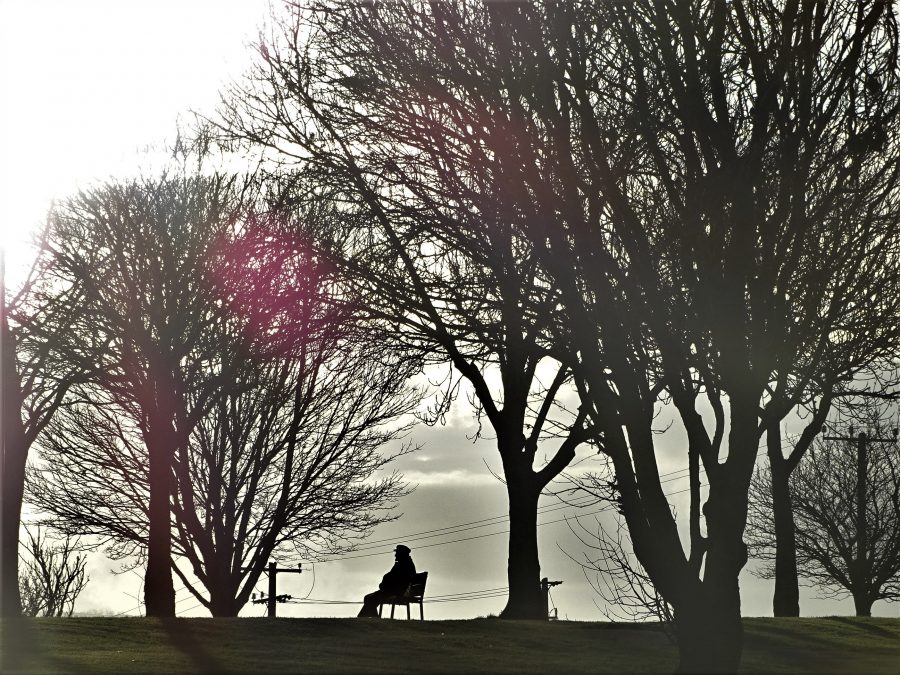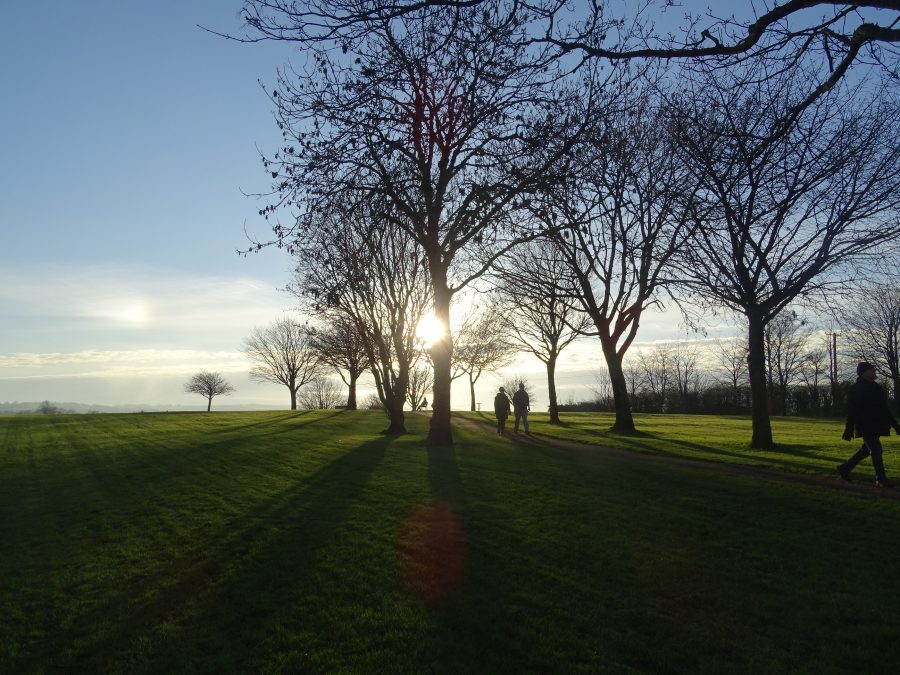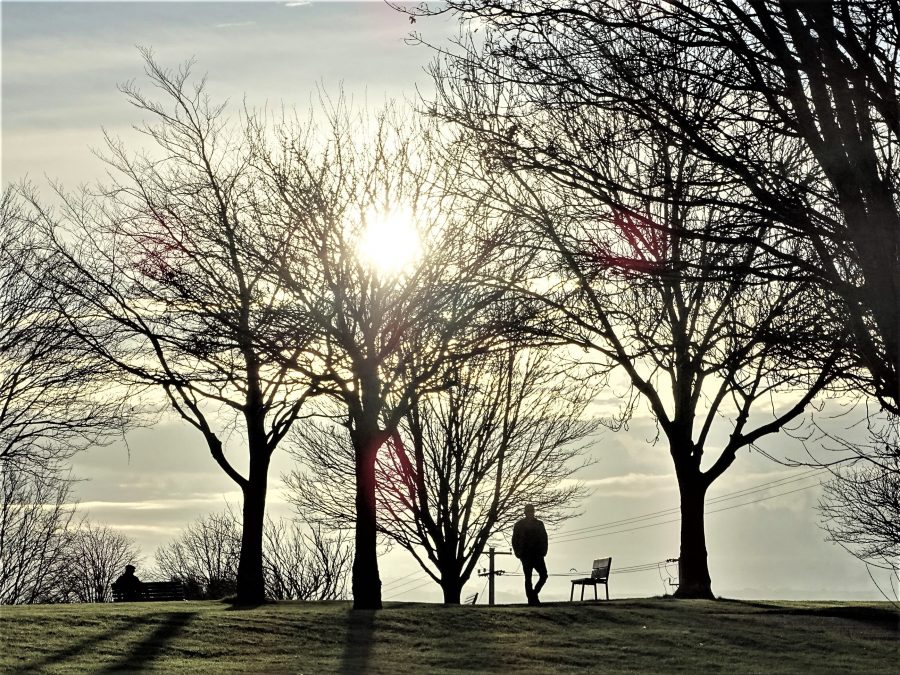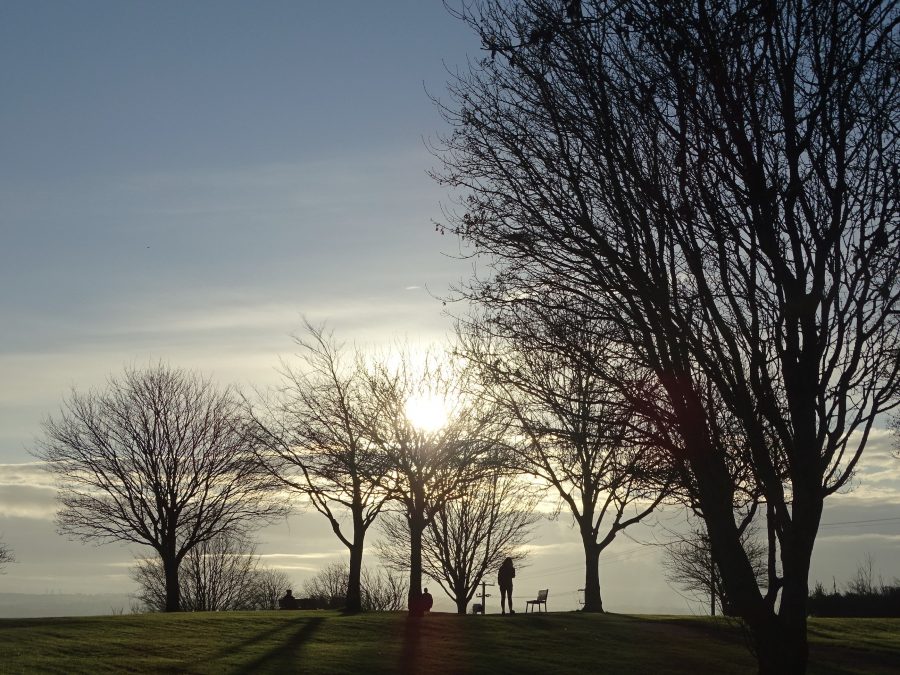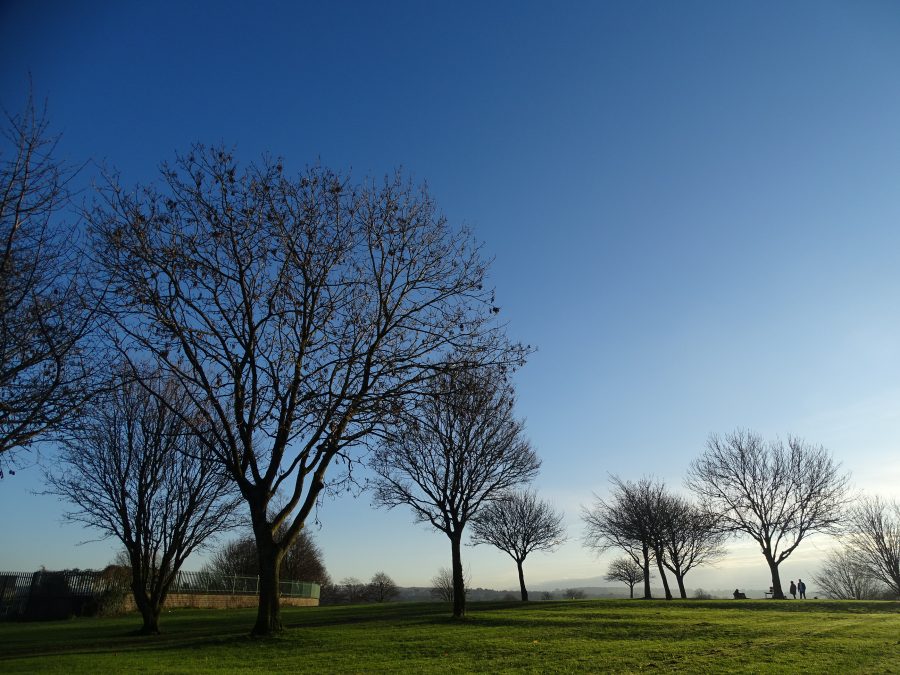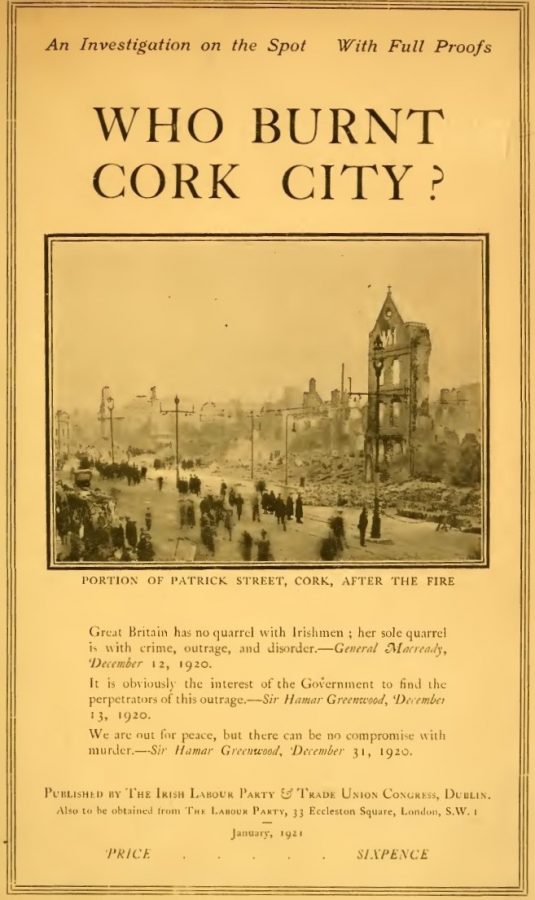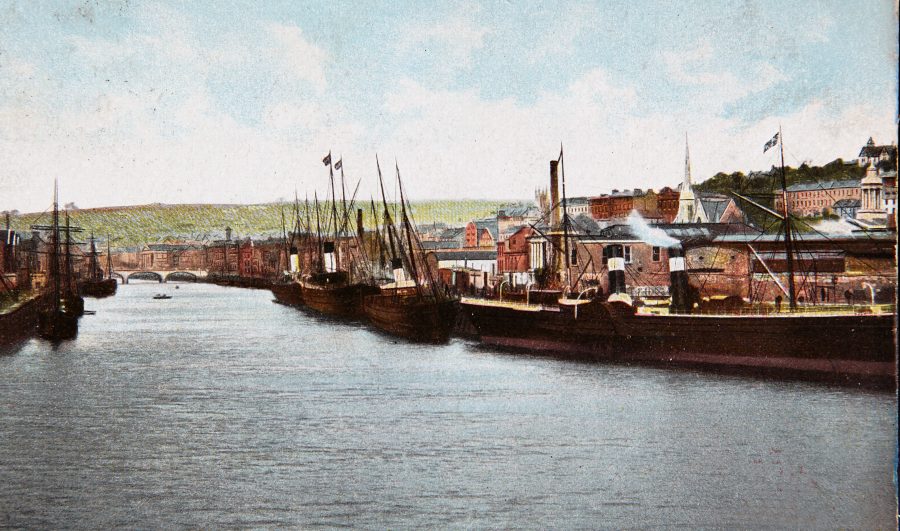“Lord Mayor,
The section 38 on the proposed pedestrianisation of the Marina is most welcome. The public consultation process of 250 submissions has shown that 90 per cent are for the plan, with 5 per cent with specific issues on carparking and access, which are also resolved in the Directors response leaving 5 per cent against the proposal.
So we are dealing with 95 per cent of those who wrote in wanting this pedestrianisation to happen and I wish to support this democratic call this evening.
I see within the arguments of the 5 per cent – several referred to The Marina’s function as a road in modern times and several have called for a review of the heavy traffic on Blackrock Road – and that thorn is something the Council will have to grasp – especially around traffic speeds and pedestrian safety.
What we have seen down The Marina – in terms of the temporary pedestrianisation and the investment into Marina Park, phase 1 is probably the first time in several decades that investment has filtered into renewing this area as one of the City recreation destination area – not just a local recreational landscape.
October 2022 will mark 150 years since the name change of the New Wall to The Marina – a proposal at the time by ex town councillor Denis O’Flynn – at that time – the Council saw the Marina as a key recreational site and the debate within the Cork Examiner of the summer and autumn of 1872 shows the Council’s ambition to put an extra focus on the old Navigation Wall dock – a proposal by one Cllr was Slí na hAbhann, which wasn’t adopted – the lofty name The Marina was chosen as a reference to a gorgeous Mediterranean garden in Palermo, Sicily.
Dedicated funding was followed up by the Council of Corporation of Cork in the 1870s and new structures appeared– an elaborate care-taker’s lodge, decorative drinking fountain, a flag post symbolic of shipping, two canons mounted from the Crimean War, a bandstand, the support of placing rowing clubs on the Marina, and the continued support of the Cork Passage Railway Line and Cork City Park Racecourse.
Almost 150 years later, one can visibly see the effect of the car as being king on this history and heritage.
– the Cantillon family sponsored Drinking fountain is now just pieces of metal up on a mound up by Shandon Boat Club,
– the Captain Hanson donated flag post is cut in half,
– on the Crimea War guns – one is missing and one is almost thrown on the grass,
– The Caretaker’s Lodge is gone,
the removal of Gunpowder Pier and the Crinoline Railway bridge,
and one now has the tree ridden Barrington’s Folly.
The Marina as a pedestrianised space has a great future ahead of it – there is much to do on its place-making vision and to enhance the vision of the Council for the Marina, that has been around for almost 150 years.
My hope is that Marina Walk 2.0 would be worked at – I certainly would like a refocus to be placed on some of the heritage assets both built and natural – and also that we become bold in beginning to look at river front of ESB Marina and the Marina Commercial Park in terms of extending the western end of the Marina Walk and extending it to Cork Docks. That right of way was there 150 years ago when The Marina name was fashioned”.
Ends
